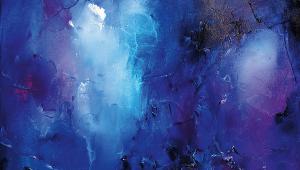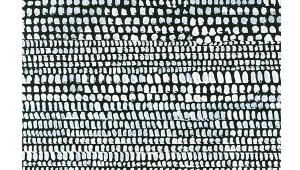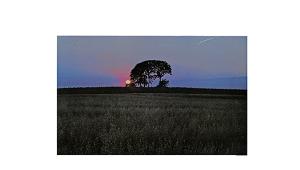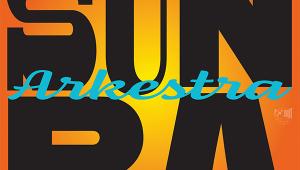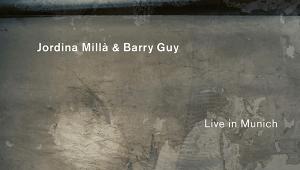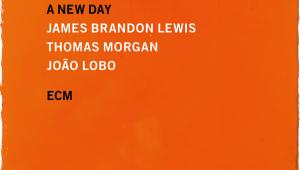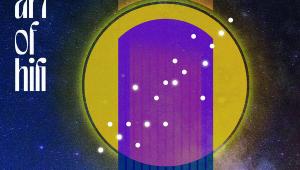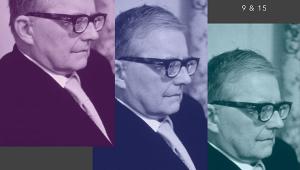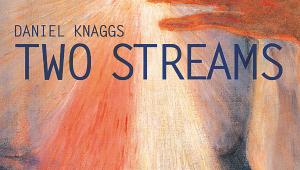Hi-Res Downloads, February 2019
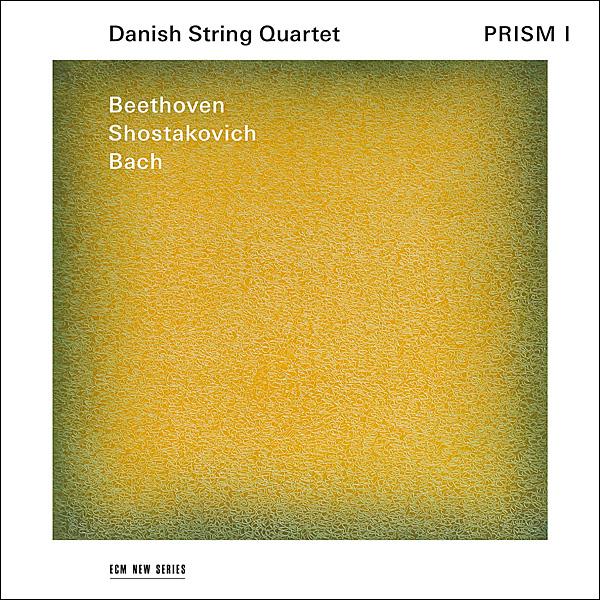
PRISM 1 (96kHz/24-bit, FLAC)
www.highresaudio.com; ECM 4817267
After their ECM album of contemporary music – Adès, et al [HFN Dec '16] – the Danish Quartet begins a series with a Bach fugue transcription by Mozart from the Well-Tempered Clavier, selected modern composers – Shostakovich for Prism 1 (his final Op.114 Qt – six linked Adagio movts) – and a late Beethoven Quartet. Here the E-minor close of the Shostakovich segues into the bold E-flat chords that start Beethoven's Op.127. Pessimism to optimism! The Shostakovich includes some of the most extraordinary sounds conceived for strings in (ii), subtitled 'Serenade', and these young Danish players wholly supersede the Fitzwilliams' Decca version. Their Beethoven Adagio is excellent too: more straightforward than, say, the nervy Takács' account. The stereo image is quite wide, having a pleasing ambience and with every voice clear thanks to the players' articulation. CB
Sound Quality: 90%
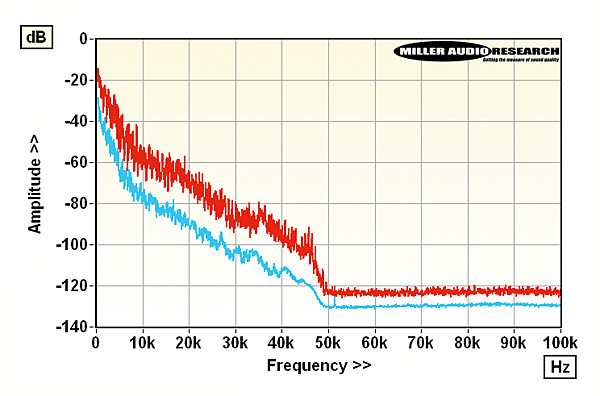
Lab Report
This is a very clean 96kHz/24-bit ECM recording demonstrating excellent dynamic range without peaking at 0dBFs. Note how the violin harmonics extend out over a full 45kHz/100dB, making good use of the available bandwidth. PM
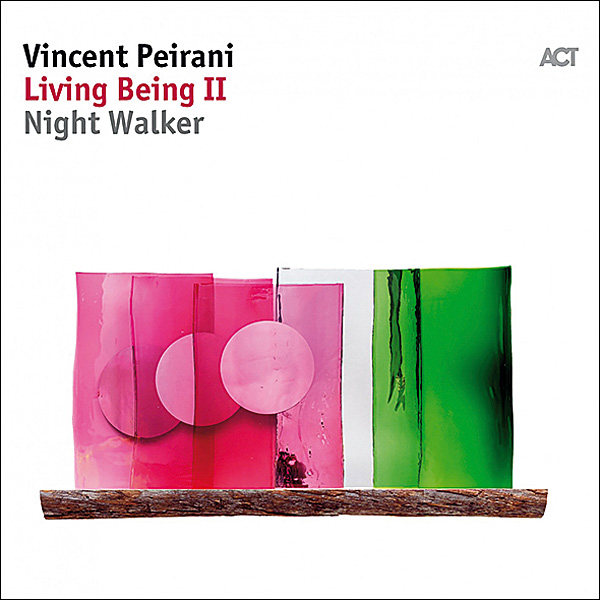
Vincent Peirani
Living Being II (Night Walker) (88.2kHz/24-bit, FLAC)*
www.highresaudio.com; ACT 9858-2
The term 'eclectic' doesn't really cover this set by French accordionist Peirani, whose work I mainly knew from his collaboration with one of my favourite jazz pianists, Michael Wollny. Living Being II (Night Walker) kicks off with a cover of Sonny Bono's 'Bang Bang', takes in Henry Purcell along the way, and has as its centrepiece a three-piece 'suite' based on Led Zeppelin's 'Kashmir' and 'Stairway To Heaven'. Purcell's 'What Power Art Thou', from the opera King Arthur benefits from a sax solo by Emile Parisien, who also illuminates the Zeppelin sequence, while Yoann Serra switches easily from pattering percussion to some very solid tub-thumping as the album shifts gears. It's all a bit odd, but really thoroughly enchanting, and the always reliably ultra-clean ACT label production job – recorded over just four days at ICP Studios, Brussels – is beyond reproach. AE
Sound Quality: 85%
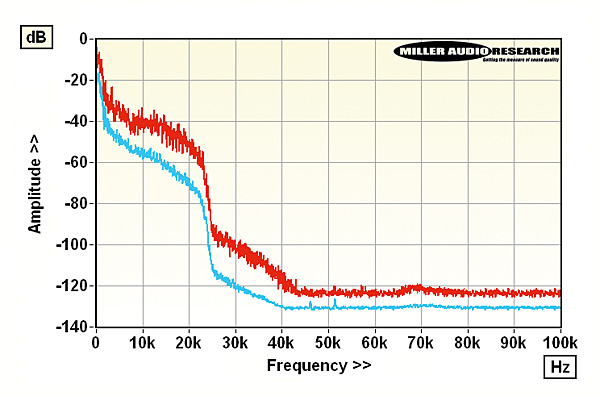
Lab Report
Broadly 'under control', some tracks have a very hot sax – trk 11 'Unknown Chemistry' an example – reaching the 0dBFs endstop. Moreover the recording is either pre-filtered at 22-23kHz or it's upsampled to 88.2kHz from 48kHz. PM
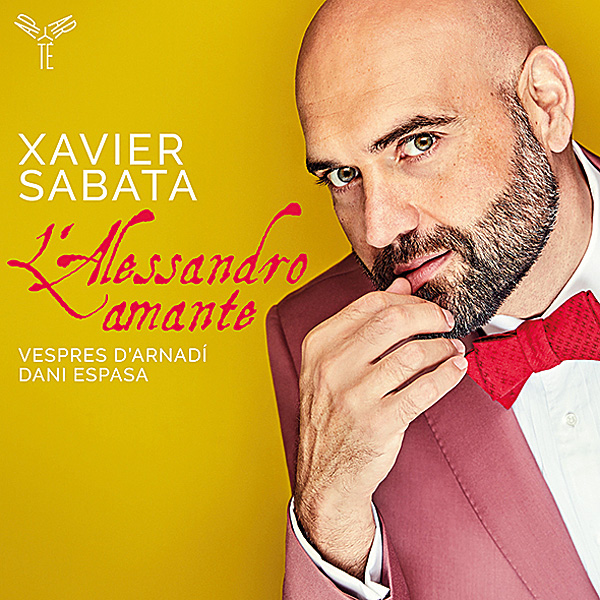
Xavier Sabata, Vespres D'arnadÍ
L'Alessandro Amante (96kHz/24-bit, FLAC)
www.highresaudio.com; Aparté AP192
Named after a lost Venetian opera from 1667, 'Alexander The Lover', this album provides 11 challenging tracks for counter-tenor along with two contrasted sinfonias (Steffani, Mancini), and a Presto orchestral prelude (Bononcini). With ten composers represented, the music spans 60 years (1691-1741) taken from works variously depicting Alexander The Great. Aparté's promo video shows the accompanying period-instrument orchestra, directed by Dani Espasa, are all young musicians. Sabata himself, quite a heavy bearded singer, is more 'womanly' in timbre than the boyish-sounding Bejun Mehta (eg, El Maestro: Farinelli/DG) but no less amazing in his rapid articulation – just sample trk 10 – and accurate pitching. The Little Tribeca team has secured a natural-sounding balance between voice and orchestra (in trk 17 much expanded) in a Barcelona setting. CB
Sound Quality: 85%
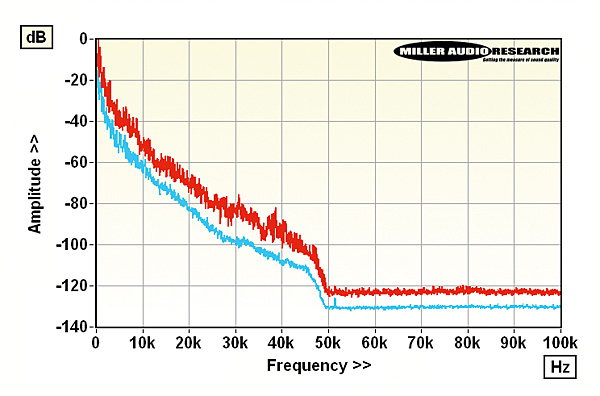
Lab Report
The vocal range and power of counter-tenor Xavier Sabata, disarmingly feminine in tonal color, is nonetheless faithfully captured here in a true 96kHz rendering. It peaks close, but never punches through, the 0dBFs glass ceiling! PM
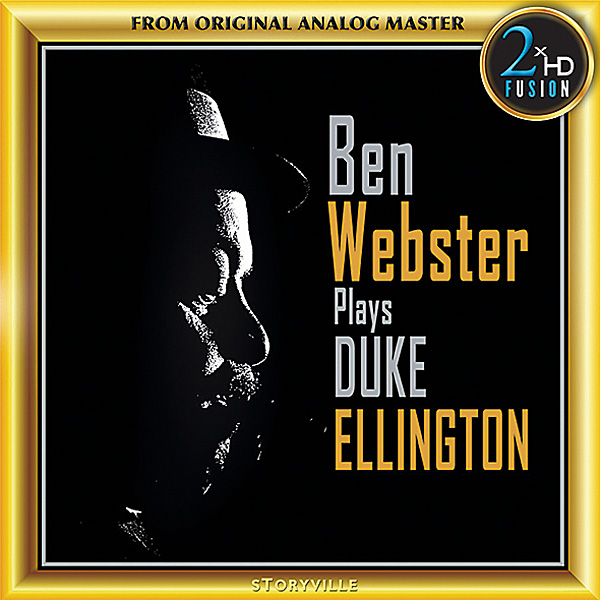
Ben Webster
Ben Webster Plays Duke Ellington (Remastered) (192kHz/24-bit, FLAC; DSD64)
www.highresaudio.com; Storyville Records 2XHDST1122
This could have been something of a grab-bag compilation, being taken from a number of gigs tenor saxophonist Ben Webster played in the late '60s and early '70s. There are three different backing trios – including a couple of previously unreleased tracks with Clark Terry, Kenny Drew, Red Mitchell and Bobby Brooks – as well as radio performances with the Danish Radio Big Band, drawing on the original scores by Ellington. Yet in this Storyville 2xHD remaster the 'set list' works remarkably well, even throwing up two very different takes on 'Cottontail' – one stripped back, one big band – as a point of interest. There's a belting version of 'Rockin' In Rhythm' here, starting small scale before the brass thunders in – and the sound, though undeniably vintage, has pleasing impact and clarity. AE
Sound Quality: 80%
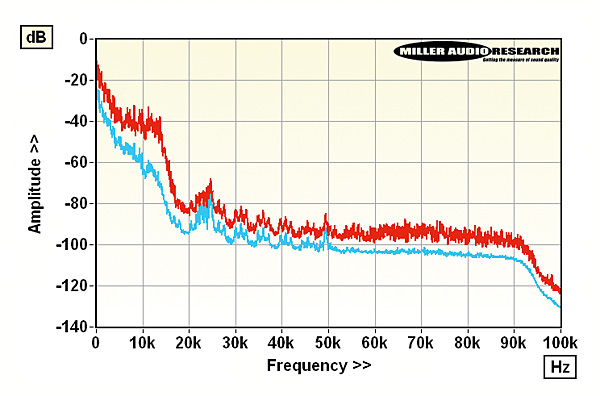
Lab Report
The booklet describes the meticulous replay via tube-modified Nagra-T and subsequent DSD-encoding of (¼in/15ips) masters, but the sub-20kHz bandwidth of the original is evident here. Spurious patterns at ~25kHz+ are on all tracks. PM

Ariana Grande
Sweetener (44.1kHz/24-bit, FLAC)*
www.highresaudio.com; Republic Records B0028815-02
The inverted cover image is kind of appropriate for this sometimes quirky set of perfectly-crafted pop tracks from Ms Grande, back in the studio after the crisis she suffered following the bombing of her Manchester gig in May 2017. Despite the contributions of collaborators including Pharell Williams, Nicki Minaj and Missy Elliott, Grande delivers an album that's much more than a fanbase-pleaser: it's an attractive, experimental listen. The voice is maturing nicely, the selection of tracks shows similar thoughtfulness, and it sounds workmanlike enough. This holds true whether in the simple 'R.E.M', the way she suddenly surprises on 'Better Off' – parental advisory alert! – or the big, anthemic 'Breathin', which addresses recovering from traumatic experiences. Technical misgivings noted [see Lab Report below], Sweetener remains captivating enough. AE
Sound Quality: 80%
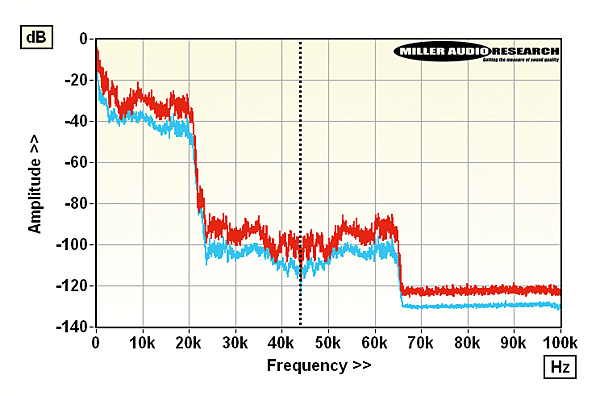
Lab Report
I fail to see the point of slamming much of a digital recording into the top 6dB of an available 24-bit range, but here we are anyway. The obvious aliasing either side of 44.1kHz [dotted line] suggests other 'digital' issues afoot... PM


